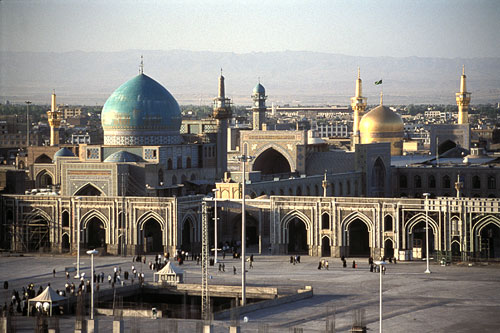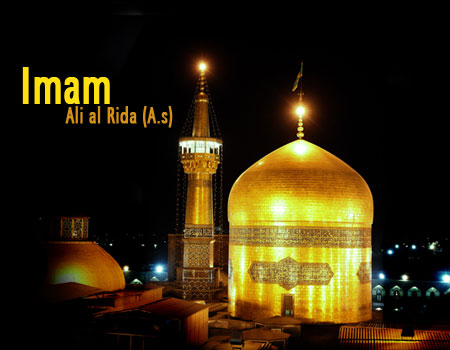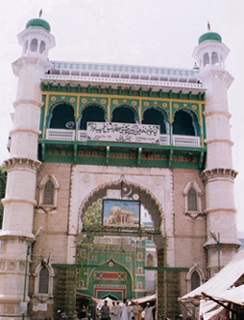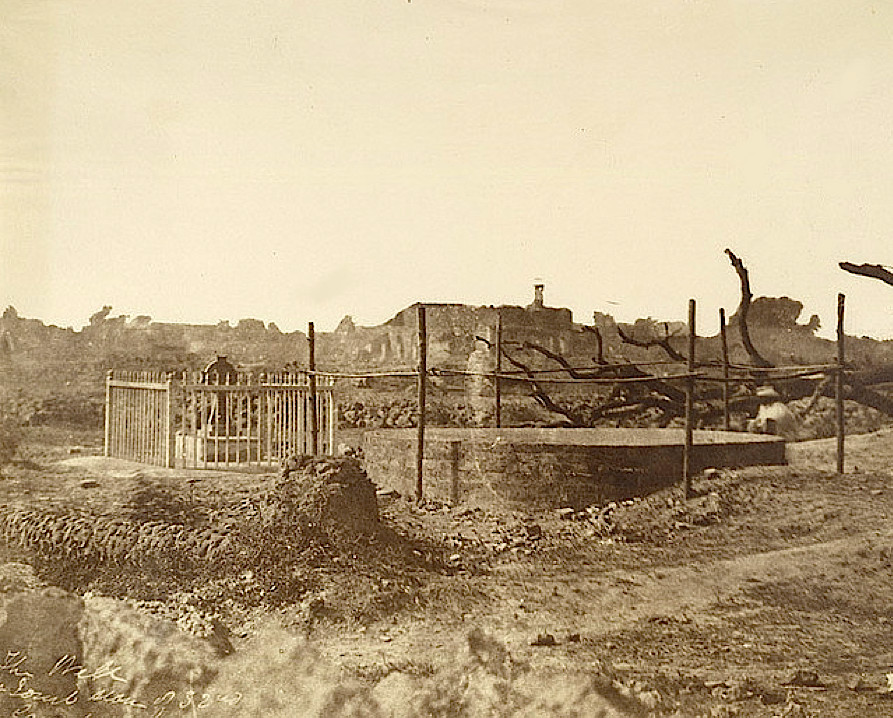
Maulana Rais jarchavi who addressed the majlis for Esal-E-Sawab of Sarkar Mehdi Sahab in Kanpur On August 29, 2015.
Dr.Mazhar Naqvi
The admirers of
Shahzada-E-Khitabat Maulana Sarkar Mehdi have yet to recover from the shock and
grief of his sad demise on August 21,2015. It was evident from the wailing crowd that had
assembled in Bagh Wali Masjid in Patkapur area of Kanpur to attend a
majlis-e-aza organized for his ‘Esal-e-Sawab’ by blogger’s elder brother Janab Parvez Bhai. Maulana Rais Jarchavi, eminent
zakir and a brother like friend of Marhoom Sarkar Sahab, came all the way from
Delhi at a short notice to address the majlis. Momneen too make it a point to attend
the majlis from all parts of the city and neighboring districts as well. Their
gesture indicated what exalted and adorable position Sarkar Mehdi had occupied
in their hearts through his oratory. Held after Namaz-e-Isha, Majlis also
attracted people from all walks of life and almost all the prominent Shair-e-Ahlebait, Marsiyakhwans, Pesh Imams
and scholars listened with rapt attention the address of Zakir Rais Sahab. As
is the custom and tradition, his address focused upon Fazail-e-Masoomeen and
Masaib of martyrs and survivors of Karbala but in between he also offered
glimpse of Sarkar Mehdi’s personality. Rais Sahab broke down twice on the
pulpit while narrating his 35 year old relationship with Marhoom without
differences worth 35 minutes.
In a voice choked with
emotion, he said” His generosity was matchless. His Salam was unparalleled and
he passed his life like an Emperor. For the people of Gowli Saadat where he was
born and laid to rest after his death, Sarkar Mehdi was simply a Badshah. He
never disappointed any seeker. He used to simply take out from his pocket whatever
he had, to give it to the ‘Sawali’. Rais Jarchavi also discussed his Fan-e-Zakiri
and said “Such orators are produced once or twice in a century. He had the
capacity to give most unexpected but relevant turn to the philosophy behind
Karbala revolution. He was worthy son of a worthy father, for his father Maulana
Shamsul Hasan Saheb too was capable of doing so.” Owing to his brother like
relationship with the deceased, Rais Sahab recirted the Masaib of Hazrat Abbas
Alamdar and narrated his departure in the most heart-melting touch. He described
Imam Hussain as the name of Prophet Hazrat Muhammad’s confidence and Hazrat
Abbas as symbol of Syedush-Shohda’s ‘Eitmad’
(Confidence).Mourners kept weeping even
after conclusion of the majlis. Anjuman-E-Rizviya also recited its famous Nauha
dedicated to Hazrat Abbas with the wordings “Dilbar-E-Shah-E-Lafata Abbas”.
Later talking to the blogger,
Maulana Rais Jarchavi sahab said;” I won’t let let Sarkar Mehdi Sahab die till I
am alive. I will keep him afresh in the memory of people by carrying out charitable
works in his memory. My first step is to publish an exclusive edition in his
memory in my monthly Urdu magazine ‘Nasir’ under the title ’Shahzada-e-Khitabat
Sarkar Mehdi”. He also thanked Parvez Bhai and his team for organizing a majlis
for his Esal-E-Sawab.The blogger prays for the success of Rais Sahab’s efforts in
the Sadqa of Rasool-E-Akram and his Aal.









